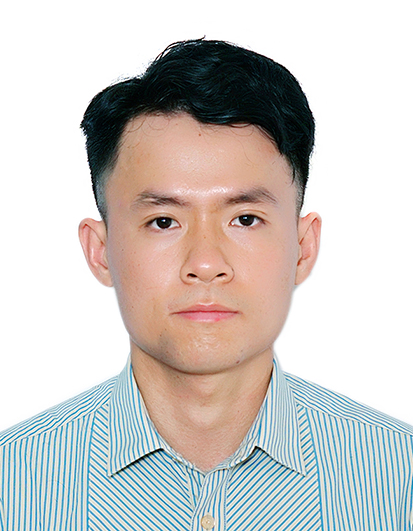Tuesday, 15 Jun , 2021
- 10:30 AM
(ARAB)
Riyadh - 1:00 PM
(IST)
New Delhi - 3:30 PM
(SST)
Singapore - 5:30 PM
(AEDT)
Sydney
2021 SE Asia Webinar Series Schedule:
| Date | Topic |
|---|---|
| May 25 | Principles of AFM imaging modes |
| Jun 15 | Imaging modes of AFM from the application point of view |
| Jul 6 | Investigation of nanomechanical properties using AFM |
| Aug 10 | Crosstalk-free ferroelectric domain characterization via dual frequency resonance tracking PFM |
| Sep 7 | Scanning capacitance microscopy; advanced analysis for nanoscale semiconductor surface |
Understanding of surface structure and topography is essential for interpretation of material behavior at the nanoscale. To measure nano surfaces, different methods can be used such as confocal microscopy, scanning electron microscopy, transmission electron microscopy, and scanning probe microscopy (SPM). Atomic force microscopy (AFM) is a member in the SPM family that can measure various properties of samples in conjunction with their surface morphology. AFM allows quantitative measurement of surface features as small as angstrom level, which is relatively difficult to observe in conventional optical-based or electron beam-based techniques. To collect an AFM image, a sharp tip is typically used to sense the sample surface, and information on surface characteristics is accumulated by monitoring the tip-sample atomic interactions during scanning. Depending on specific applications, the AFM tip will come into direct contact (contact mode), intermittently contact (tapping mode), or scan over the sample surface at a given distance (non-contact mode). Contact, tapping, and non-contact are fundamental imaging modes of AFM. On the basics of these modes, various advanced techniques have been developed to measure different properties of samples such as electrical properties (C-AFM, KPFM, PFM modes, etc.), mechanical properties (nanoindentation, FD spectroscopy, and PinPoint modes), magnetic (MFM mode), and thermal (SThM mode) properties.
Within the scope of this webinar, practical applications of the imaging modes of AFM will be introduced. In addition, for better understanding on how AFM can measure your samples, a live session on imaging modes operations is also provided. It is expected that this webinar can be a useful material for gaining knowledge of AFM as well as its capabilities.

Presented By :
Rocky Nguyen, Park Systems Korea
Dr. Rocky Nguyen received his Ph.D. degree in Mechanical and Automotive Engineering from the University of Ulsan in South Korea and his Bachelor’s degree in Materials Engineering from Back Khoa University in Vietnam. He is currently focused on the development and performance optimization of atomic force microscopy and related techniques at Park Systems Korea.





